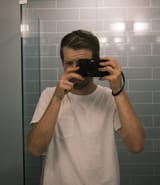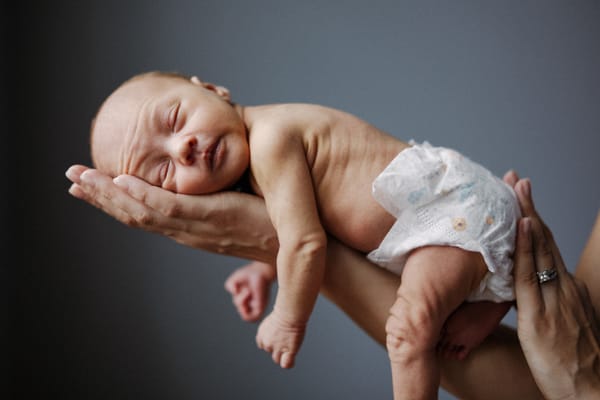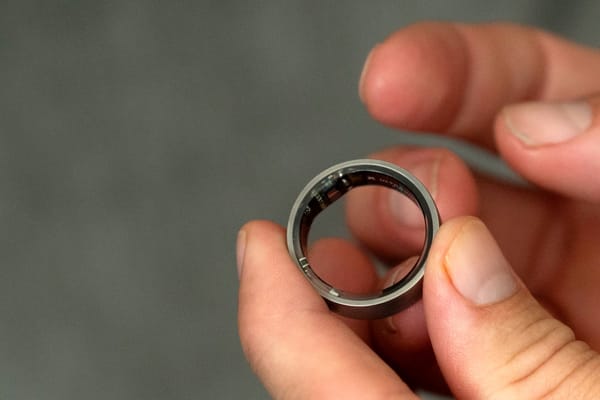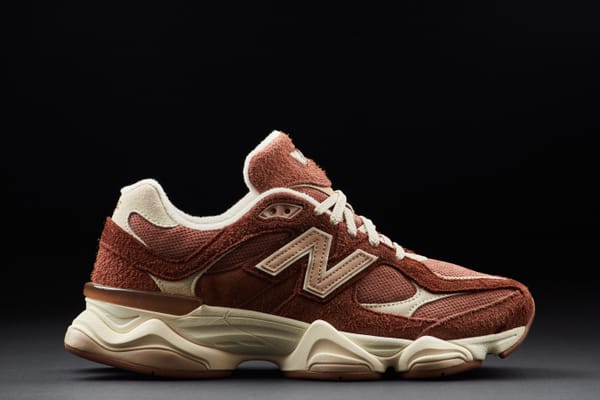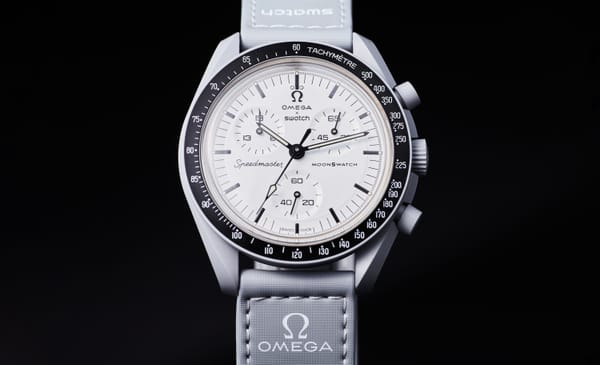An Interview With Javier Pardina: The Ethereal Worldbuilder
"A profound influence on my work has been the idea of merging the real with the surreal; creating visuals that feel rooted in reality but elevated by abstraction and imagination."

Decaf Journal is reader-supported. When you buy links through our site, we may earn an affiliate commission.
I had a surreal experience recently. I was aimlessly strolling into a Coach store in one of China's ultra modern shopping malls when I saw an unusually creative ad featuring a "digital influencer" known as imma on a huge screen that abruptly stopped me in my tracks. The world in which the story took place was unlike anything I'd seen before, and I couldn't look away. In fact, I helplessly watched the video several times before my wife whisked me away to one of the countless other fashion houses that resided in the mall.
But for some reason that advertisement stuck with me long afterwards. A few months later, I was blown away (not to mention excited) to find out that one of my longtime Stocksy peers, Javier Pardina played a key role in bringing this otherworldly universe to life. If I think about it though, it shouldn't really come as a surprise. Javier has been creating jaw dropping 3D work for several years now which I've always had a deep appreciation for.
Unbeknownst to me, brands at the highest level of commerce also shared my enthusiasm for his unique vision. It's not just Coach that's taken notice either. He's worked with household names such as Adidas, Audi, Ogilvy, and has recently been swooped up by Honor, arguably one of the biggest tech brands on earth.
Javier is a visual artist that uses his masterful skills in photography and 3D modeling to create worlds that somehow transcend both mediums. If I had to try and pinpoint what makes him so special, it's that he possesses an acute sensitivity to light, texture, macro details, and most importantly, his own curiosity. But I won't pretend to understand how Javier Pardina does what only he can do. It's better if you hear it directly from him.

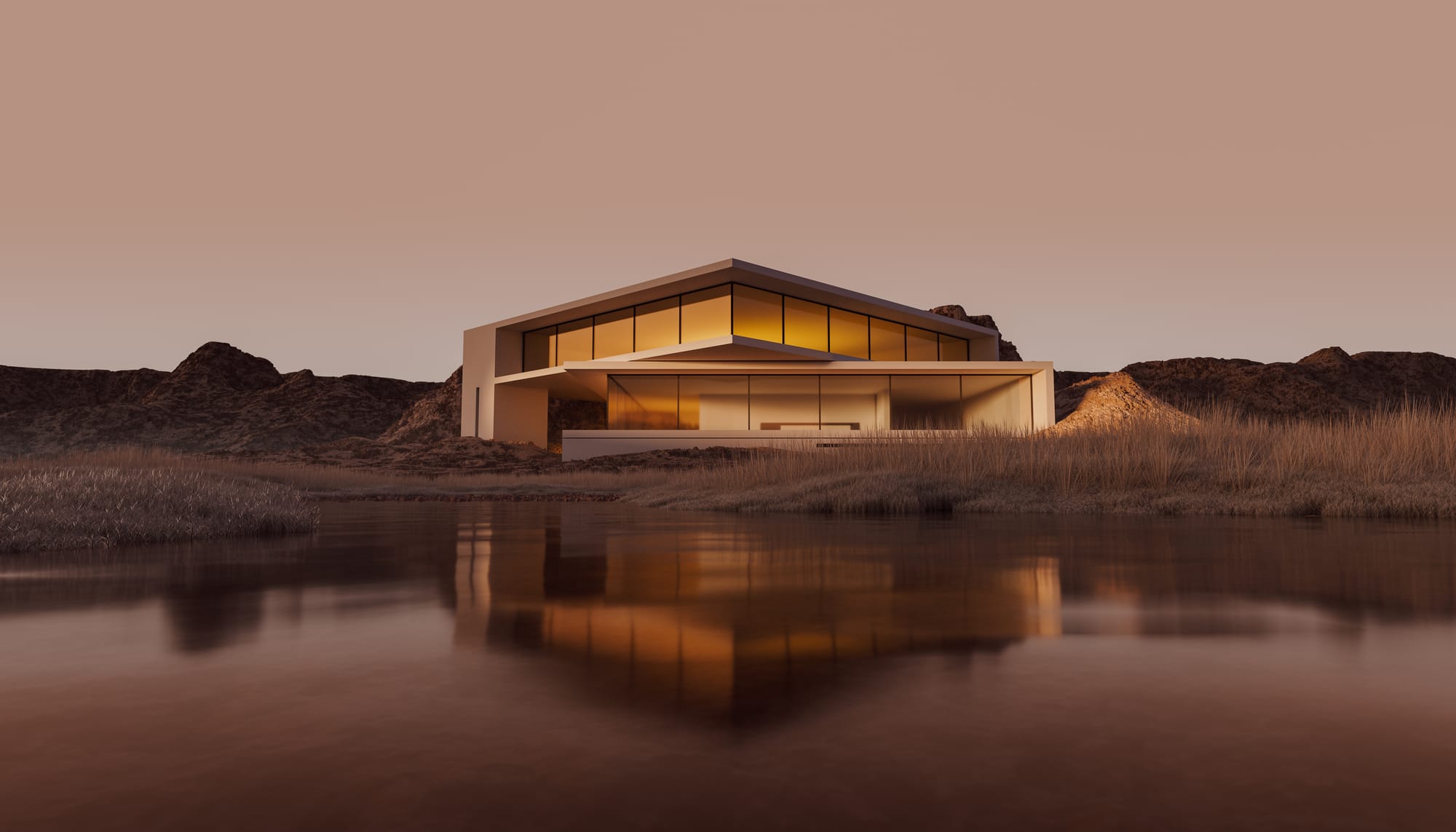
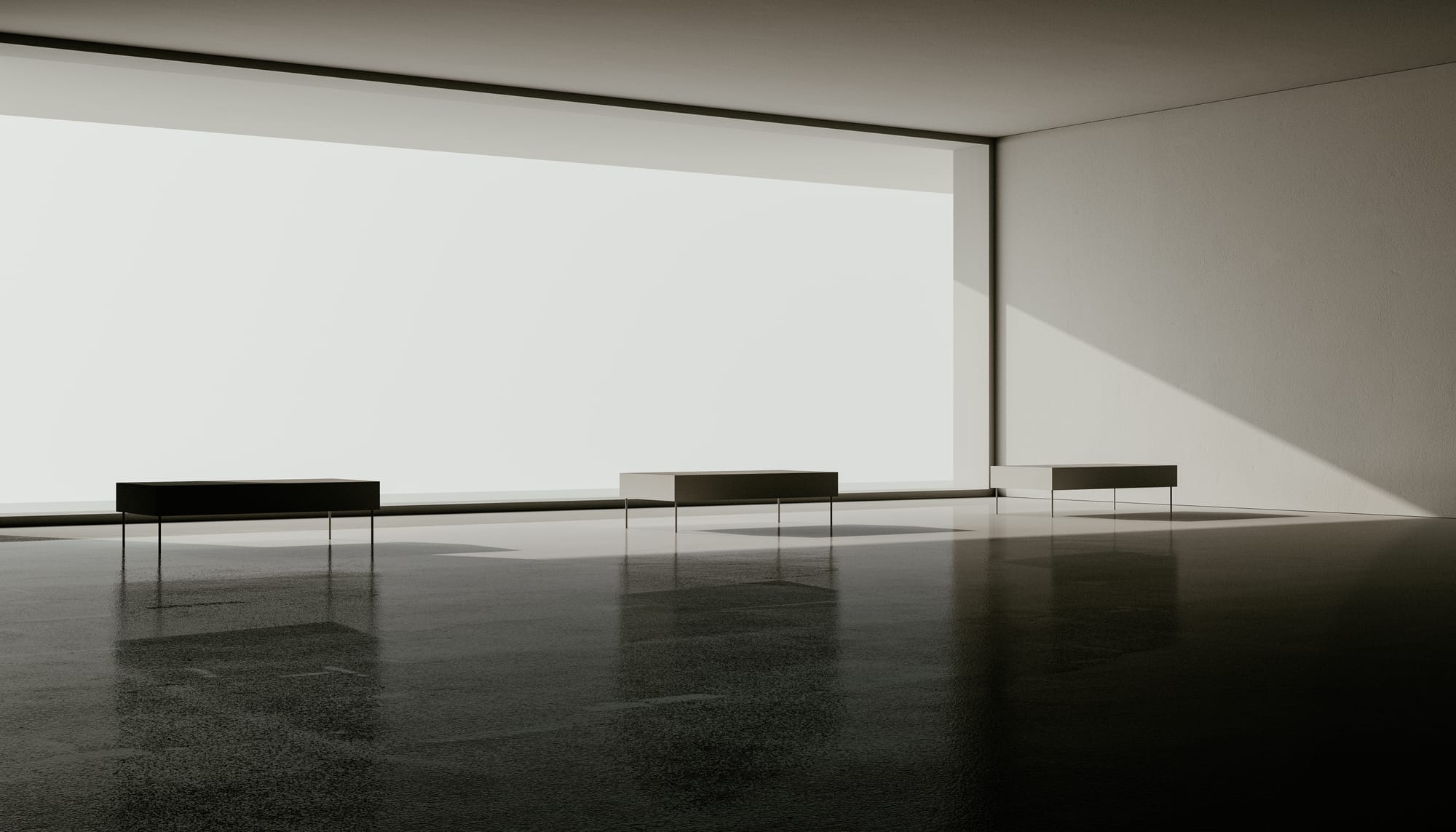
How did you first get started in photography?
It all started with the influence of my maternal grandfather. He was always surrounded by photo and video cameras. It was his hobby, but he approached it with such professionalism. From a very young age, I became fascinated by it. As I grew older, especially during my teenage years, photography became an opportunity for me to move forward. I struggled a lot with school, but taking pictures made me feel good. It gave me the sense that I was in the right place, doing exactly what I was meant to do. I wasn’t interested in anything else…just cameras, photography, and computers.
You'd been a successful photographer for several years before you transitioned into 3D work. What prompted you to pivot to a new discipline, and do you think artists should specialize in one area, or is there room for multiple artistic mediums?
I have always believed that there is endless room for growth and exploration, especially in the artistic world. Creativity is not something that ever feels finished; there is always another path to discover, another idea to pursue, another way to express yourself. Personally, I’ve always been a very restless person, driven by curiosity and the need to experiment with new forms of expression.
Photography gave me an incredible foundation. Over the years, I've felt fortunate to achieve everything I had once dreamed of with it. It met all my expectations and gave me a strong sense of purpose. But at the same time, I began to realize that I was ready for something new, something that would challenge me again and open different doors.
Even before that, I had been fascinated by the possibilities of 3D. I used to “play” with 3D software in my free time, just exploring what it could do, and at one point I even completed a year-long distance course in 3ds Max. However, life and work led me in other directions, and 3D remained more of a side interest than a true focus.
Everything changed with the arrival of Covid. Suddenly, I found myself with the time and mental space to truly reconnect with this curiosity. What had once been a side hobby quickly turned into a passion, and I felt as if a whole new universe had opened in front of me. From that moment on, I decided to fully commit to 3D, not just as a tool, but as an artistic language that allows me to experiment, explore, and push my creativity further than ever before.
What does 3D work allow you to do that photography doesn't, and vice versa?
What fascinates me most about working in 3D is the absolute control you have over a scene. Every single element can be adjusted with infinite parameters from the colors to the lighting, from the textures to the smallest details. It’s an incredibly creative experience that allows you to design and build everything exactly as you envisioned it. On top of that, there’s also the freedom to experiment, to move the camera in unexpected ways, and to discover exciting new perspectives that bring the scene to life.
Photography, on the other hand, offers something very different but equally valuable. It provides a kind of unexpected creativity, where chance and spontaneity often add freshness to ideas that were carefully planned in advance. However, at the same time, there are natural limitations: you are always constrained by the available light, the physical environment, and the focal length of the lens. While those constraints can be inspiring, they also remind you of the boundaries of the medium boundaries that 3D has the power to dissolve.
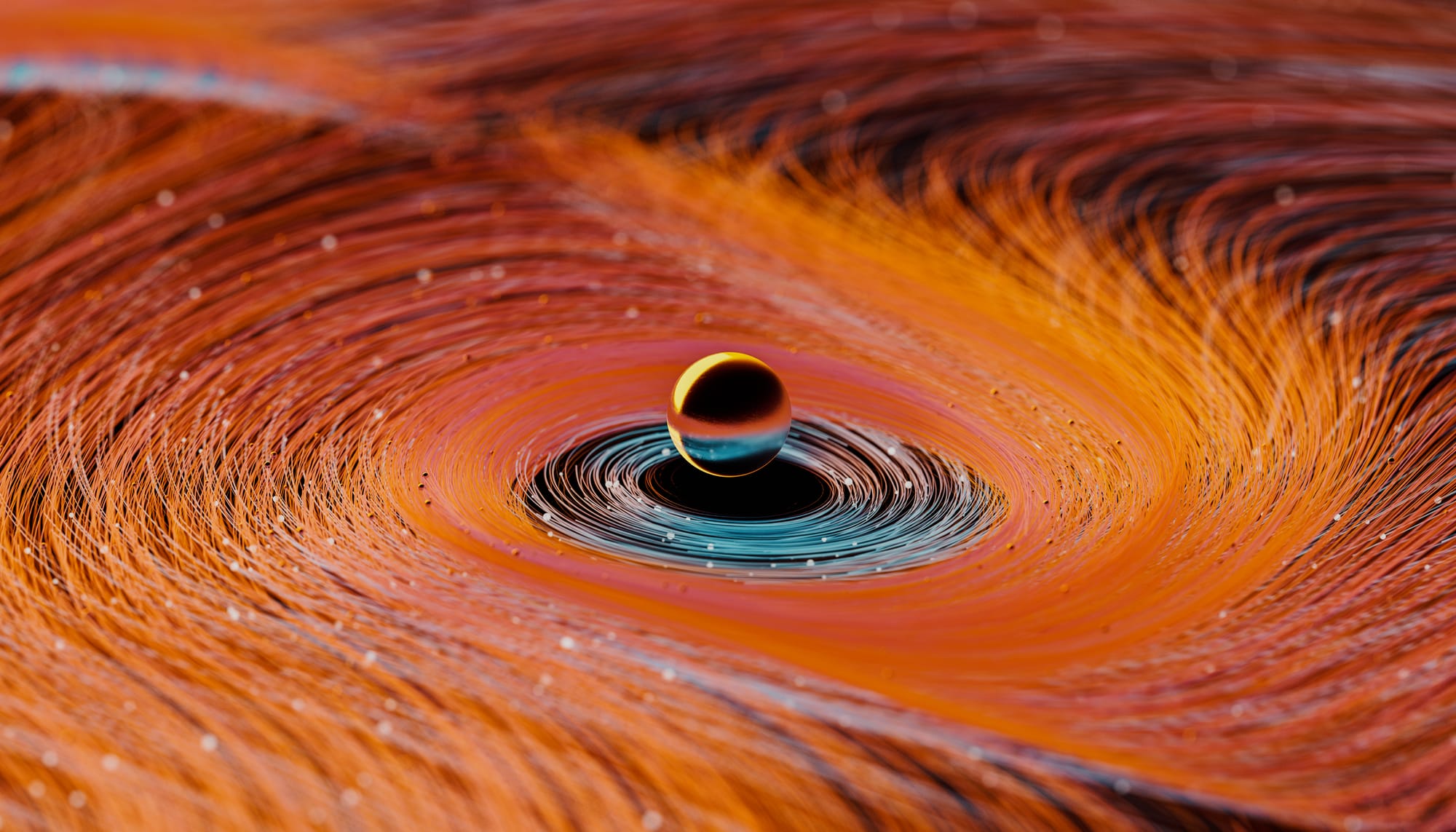
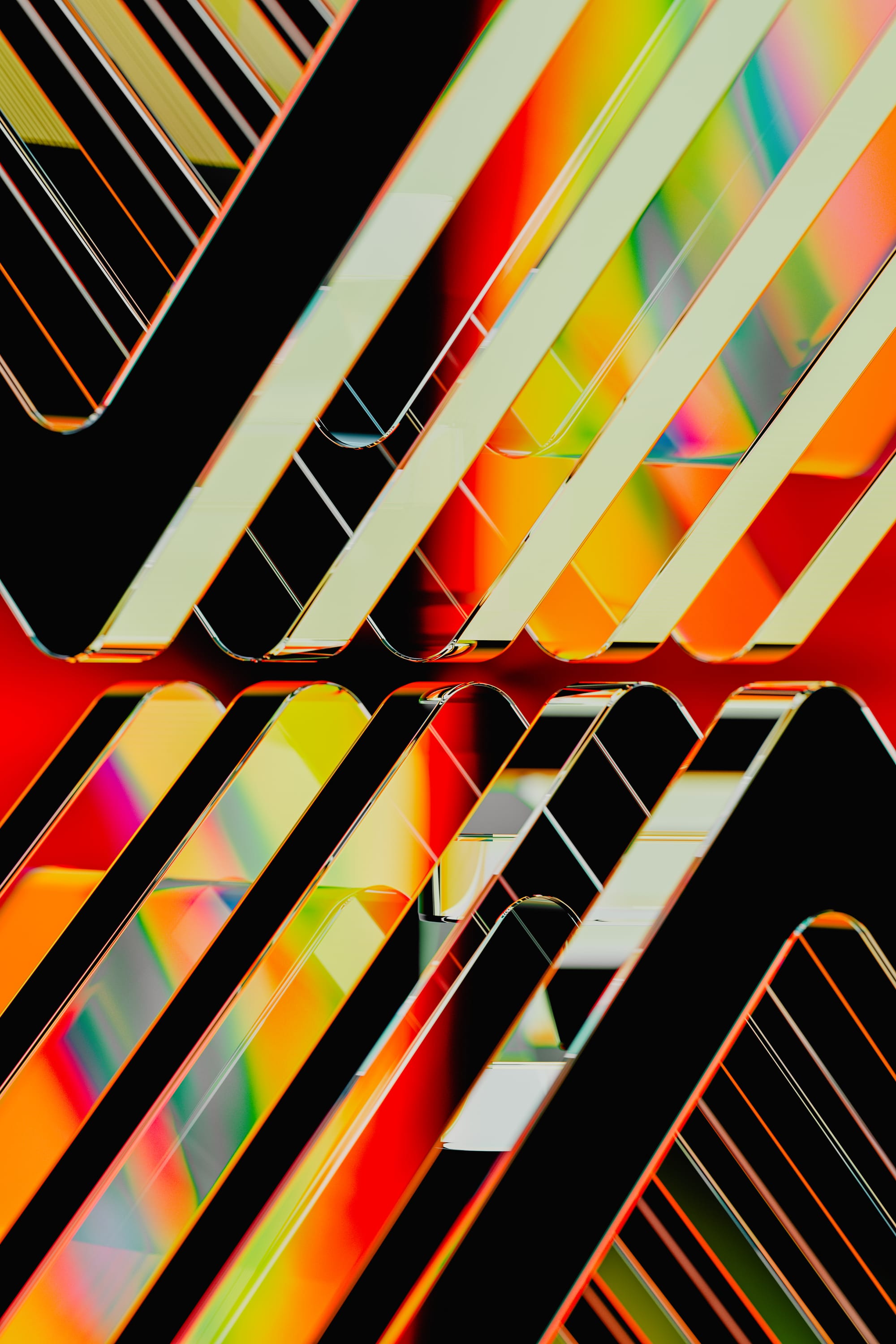
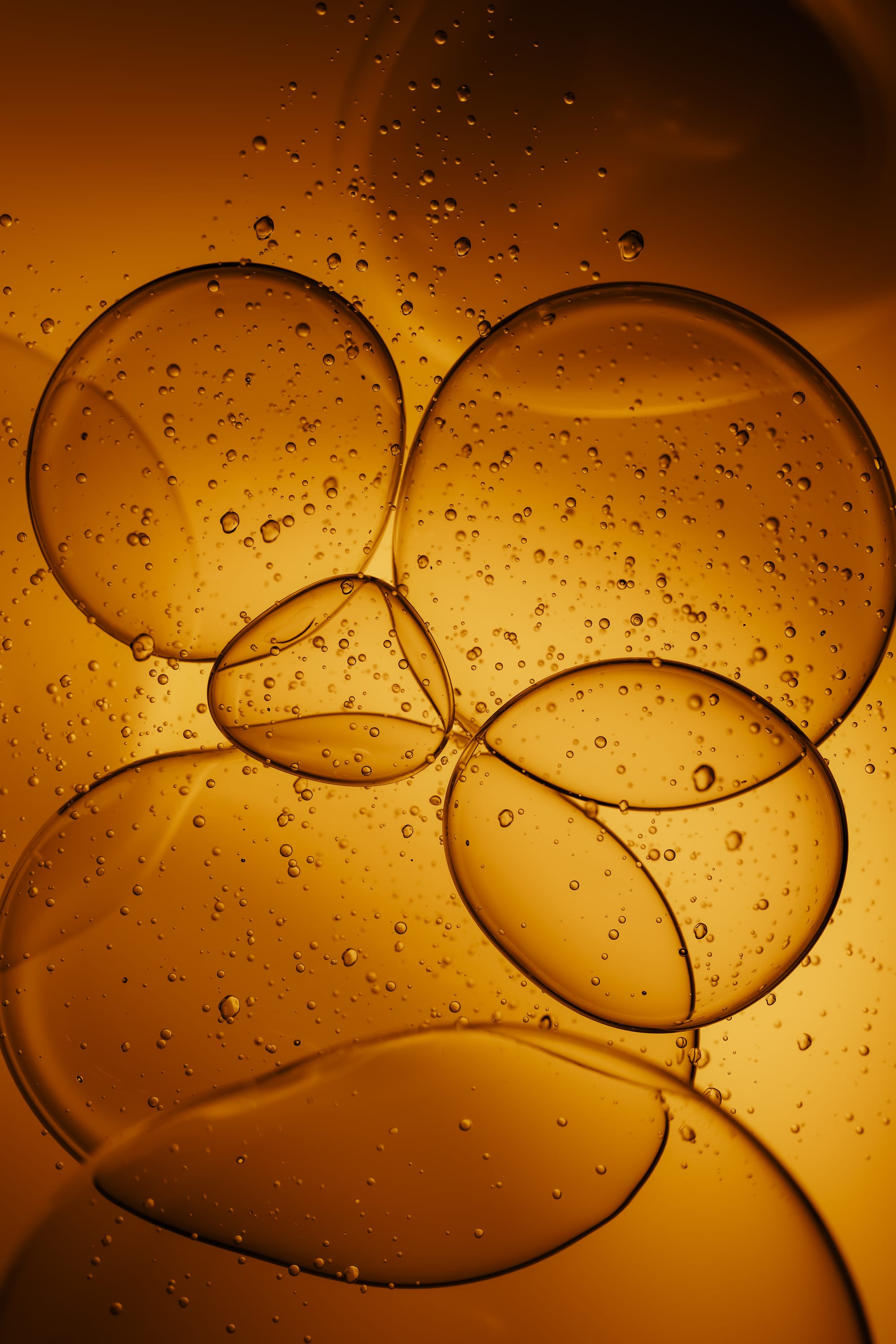
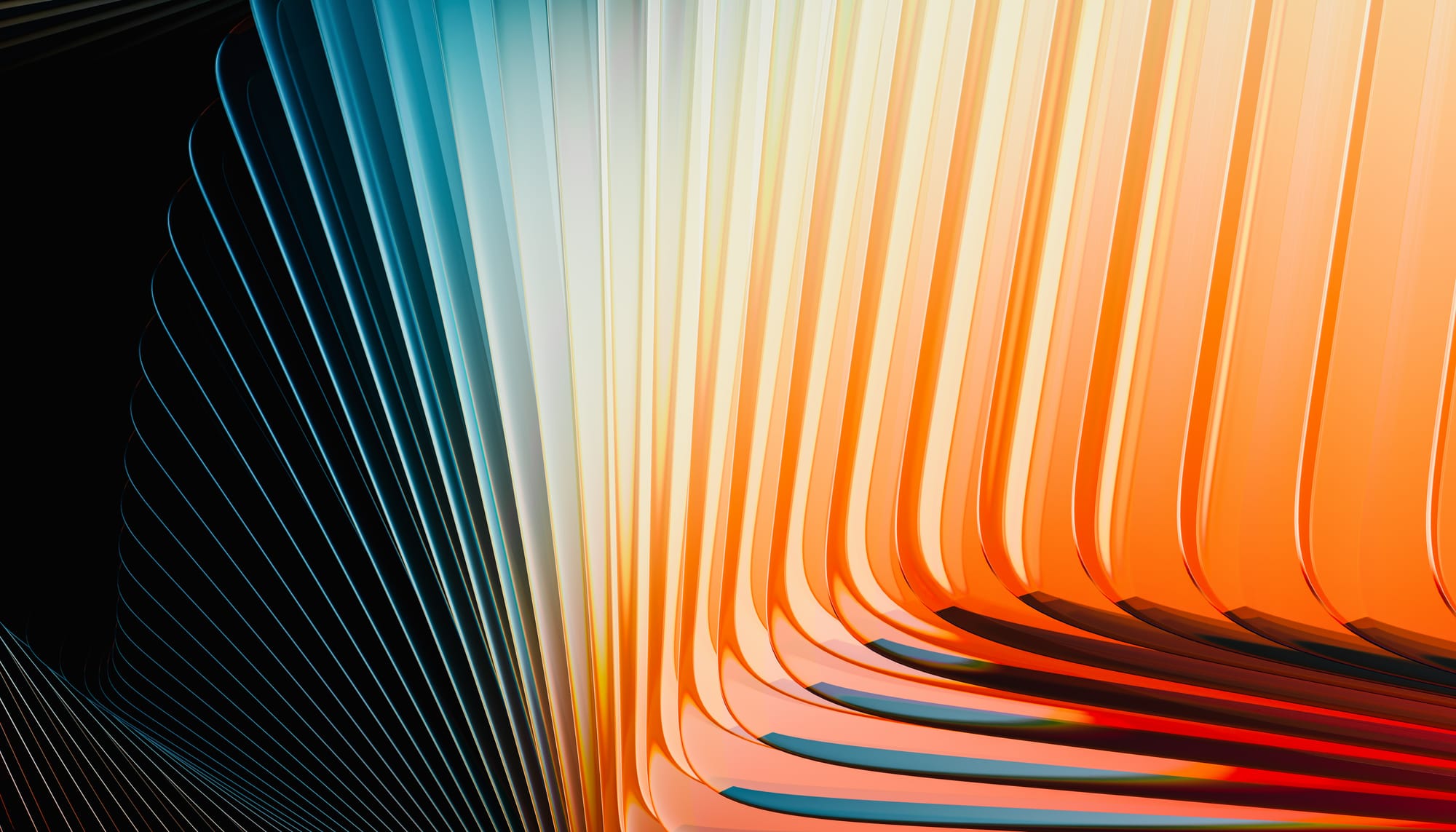
What is some of your favorite gear, both for 3D work and photography? How important are the tools for you in the creative process?
When it comes to 3D, the setup is more simple: a powerful GPU, like the RTX 5090 or 4090, for rendering, paired with a fast processor for modeling or working with particles something along the lines of the 9950X3D or the Intel Core Ultra 9 285. With that combination, you can truly create wonders.
Photography, however, has been a different story. Throughout my career I’ve worked with a variety of camera bodies: the Sony A7R, A7R II, Nikon D800, Fuji X-Pro2, Canon 5D Mark II, Mark III, 5DSR, and the R5. Yet no matter the body, one thing has always remained consistent with my choice of lenses. For me, Zeiss manual optics have always been a key element. Their precision, clarity, and the character they bring to an image make them irreplaceable in my process.
Nowadays, since my main focus is on 3D, I keep things much simpler on the photography side. I currently only use a Fuji X100VI, which is compact but still gives me the flexibility and quality I need for personal work. That said, I do have plans to expand my collection again. I’m torn between adding the Fuji GFX100R ( a compact medium-format camera) that opens up new creative possibilities or the Sony A7cR paired with an adapted Zeiss Distagon 35mm f/1.4 ZM, which would bring me back to that tactile and expressive Zeiss experience that has always inspired me.
Can you briefly describe your 3D workflow? How long does it take you to complete a rendering from start to finish?
Under normal circumstances, especially when working on stock-oriented projects, my workflow is relatively straightforward. The most challenging part is often deciding what to create because in 3D, the possibilities are limitless. You can build absolutely anything your imagination suggests, which is both exciting and overwhelming at times.
I usually draw inspiration from real-world landscapes and macro photography, using them as a starting point to define the theme or mood I want to achieve. Other times, I simply let myself explore geometric patterns, repetitions, and clones, allowing the design itself to evolve through experimentation. Once the scene is built, the process becomes more technical: texturing, lighting, and fine-tuning the details to bring everything together.
For commissioned projects, the workflow is quite similar, though naturally it becomes more complex when other people are involved. The collaboration often extends the timeline, since there are more perspectives and revisions to consider, but at its core the process remains the same: shaping an idea into a finished visual experience.
As for rendering, it can be unpredictable. Completing a render might take just a few hours, or it could stretch into days or even weeks, depending on the scale and complexity of the assignment. That variability is part of what keeps the work engaging; every project brings a different rhythm and set of challenges.
How much freedom do the larger brands / agencies give you when you collaborate with them on a project? Are they looking to you to come up with a creative vision, or do they usually have a detailed brief that they ask you to work from?
Of course, it always depends on the client or the company I’m working with, but in general the situation is quite similar. With my experience, there is usually limited room for pure creativity. Most projects come with very detailed guidelines, carefully outlined to achieve the exact 3D result required for the animation or illustration. In general, my role is to ensure that everything aligns perfectly with the brief and delivers the expected outcome.
That being said, there are always certain aspects where I am given complete freedom to contribute my own ideas. Within those areas, I can experiment, add details, and shape the work in ways that reflect my personal creative touch. If I had to put it into numbers, I’d say a typical project is about 70% following the brief and 30% adding my own creativity. It’s within that margin where I feel I can truly bring something unique to the table, balancing precision with artistic expression.
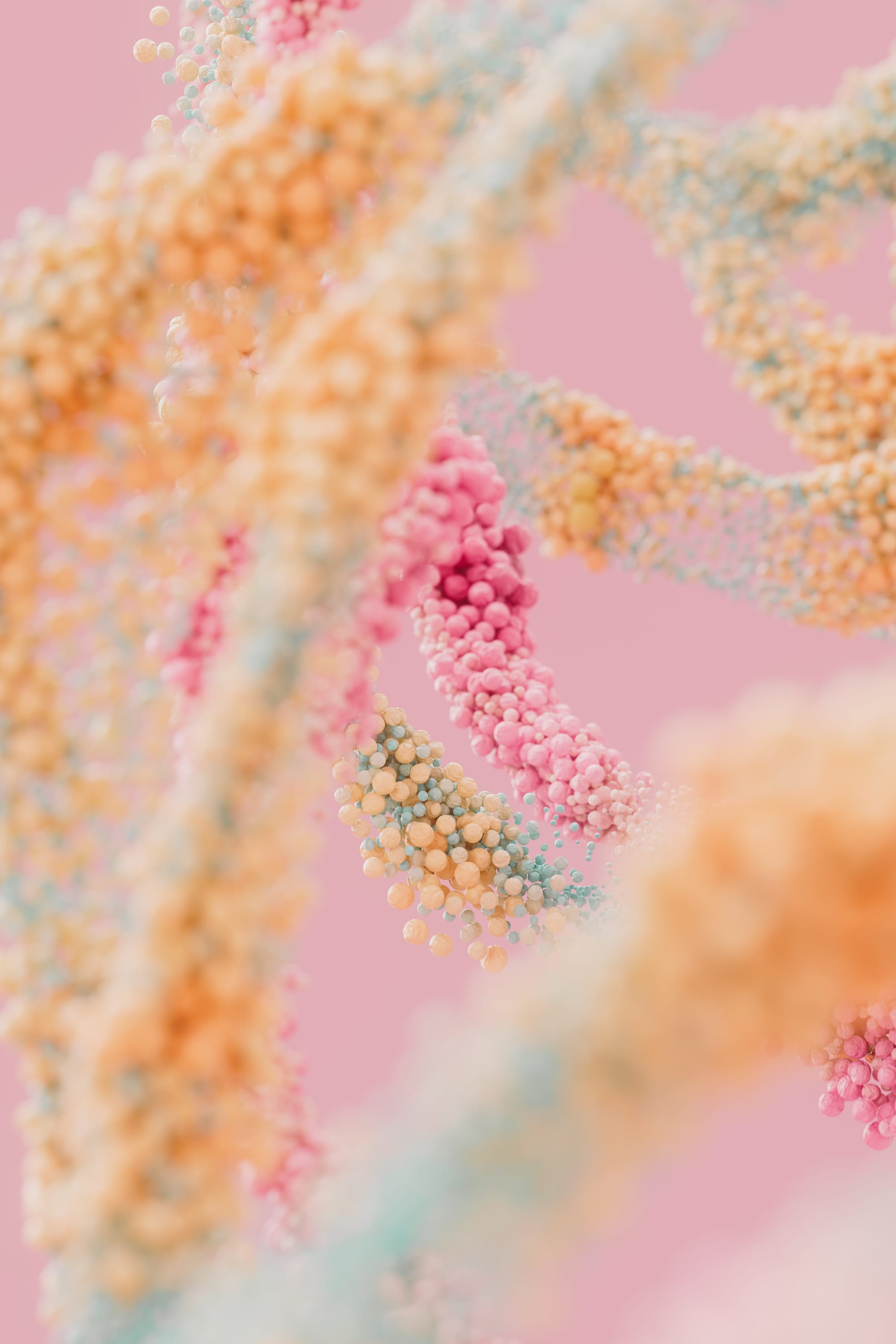
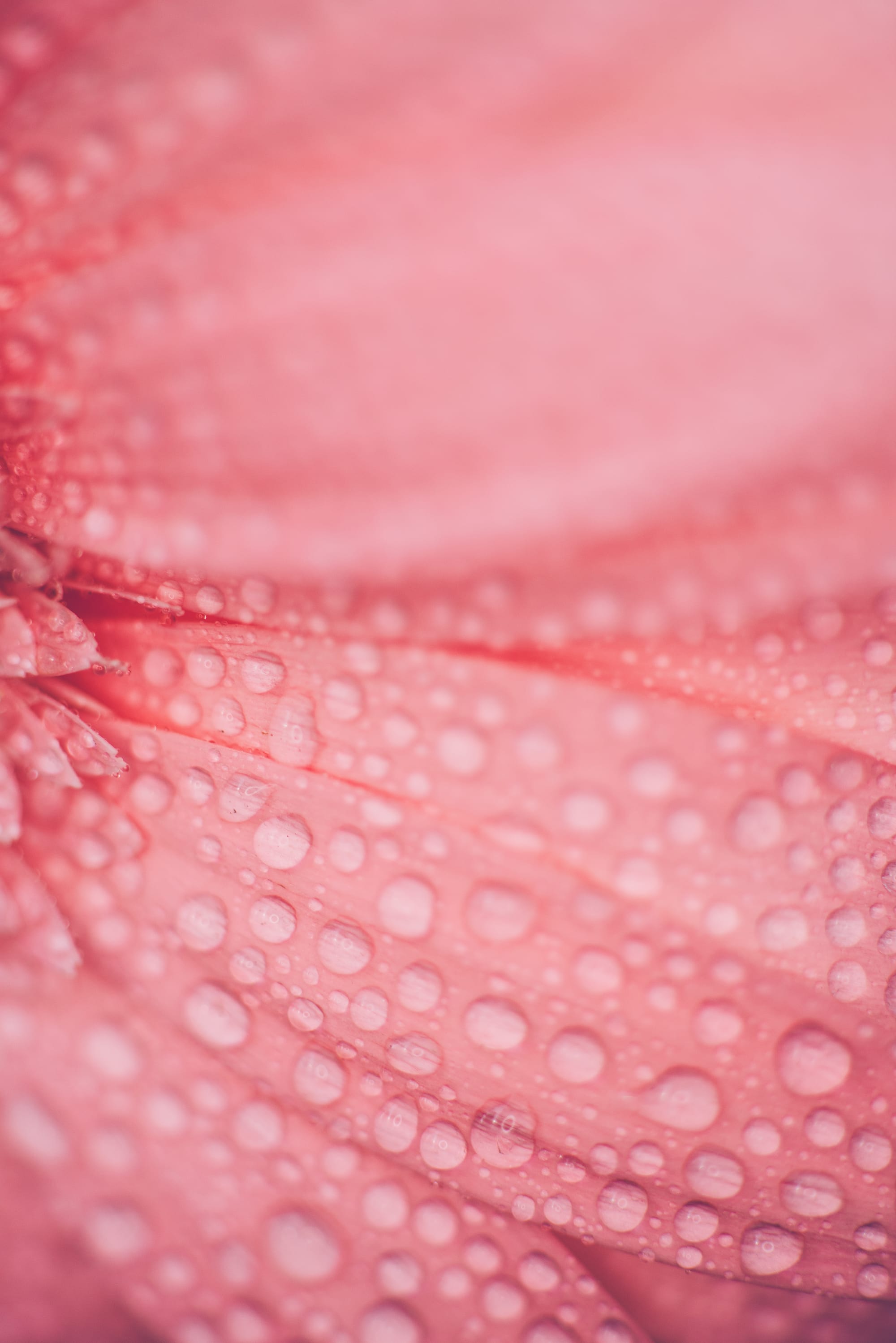
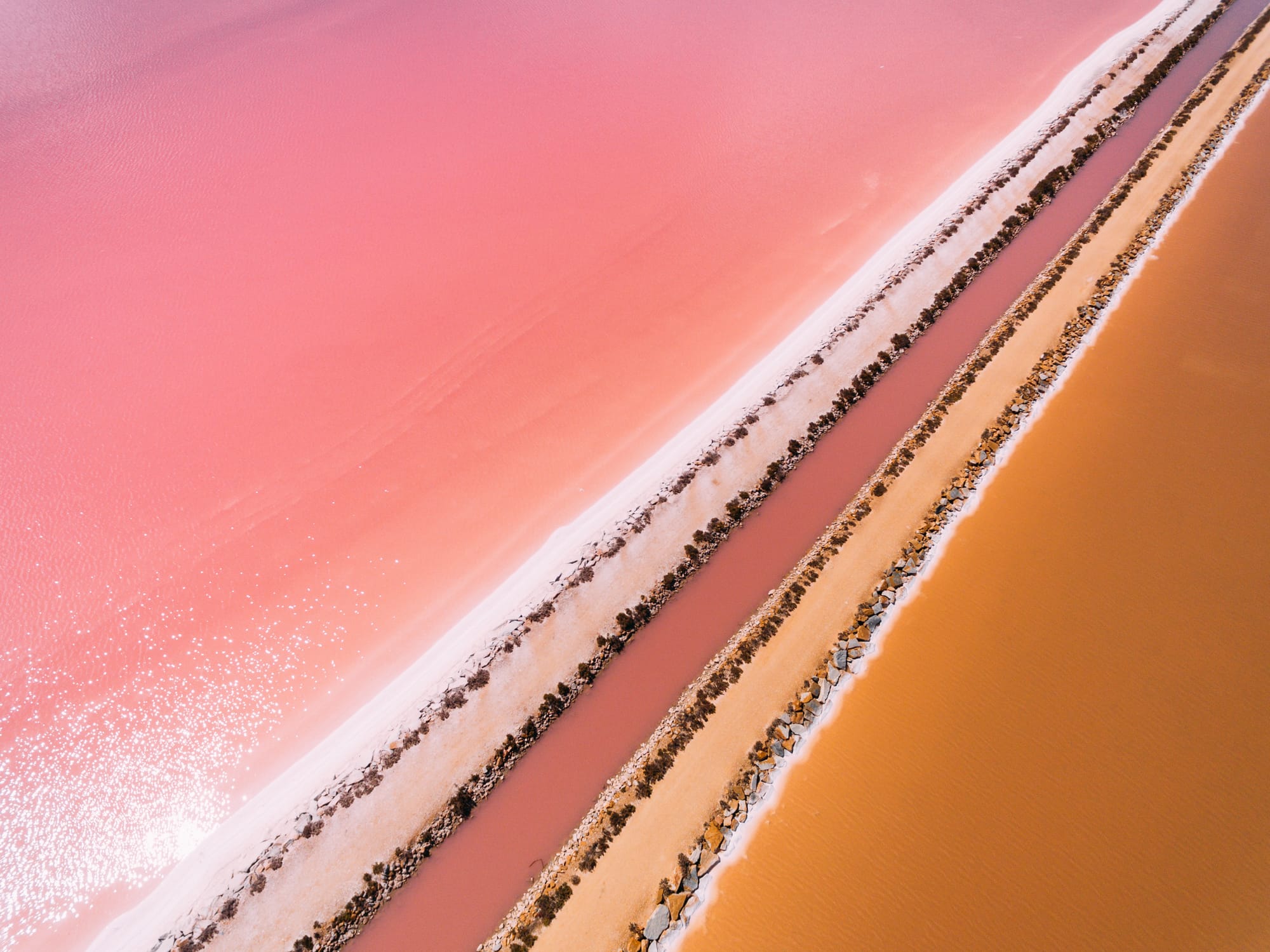
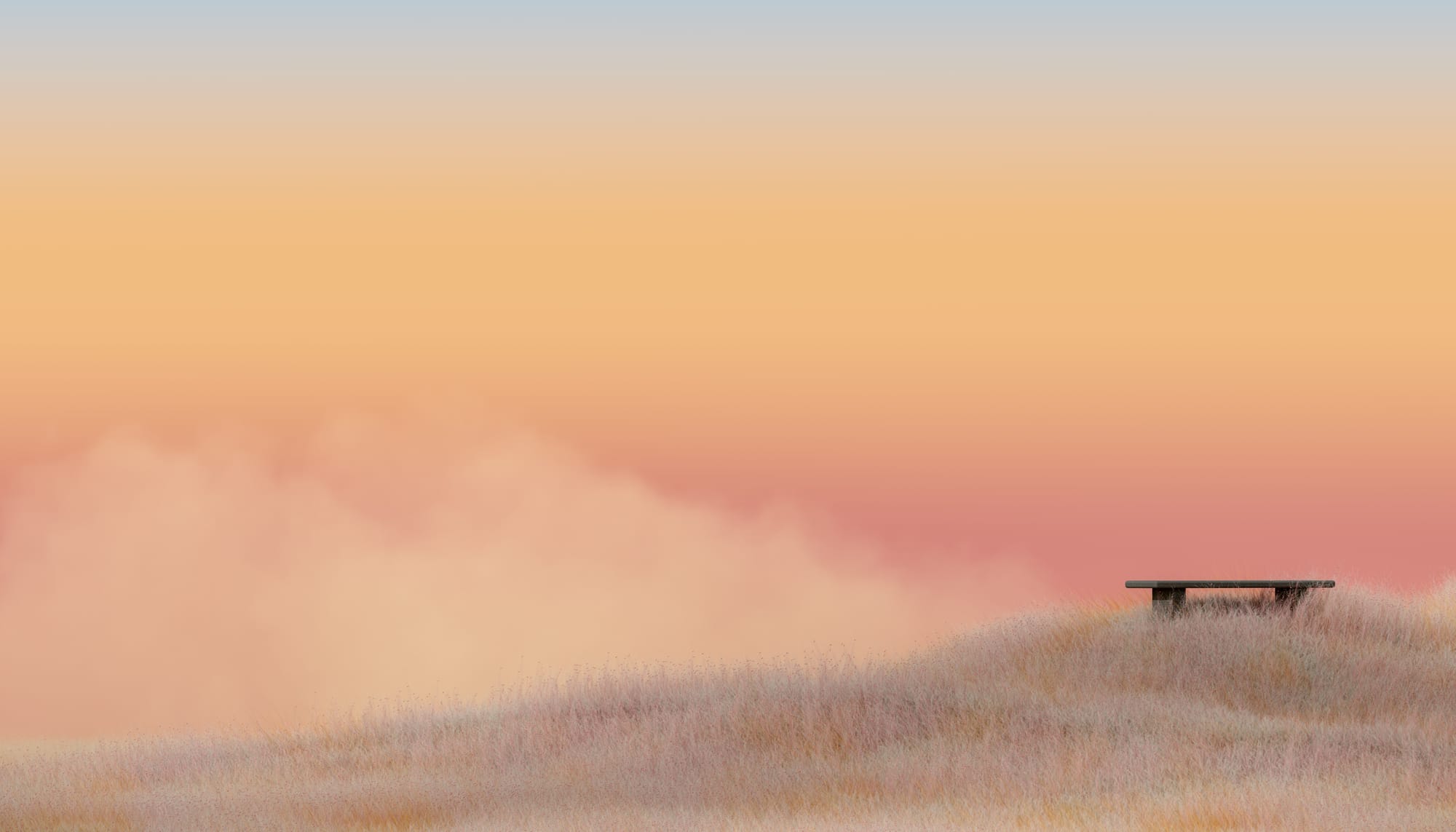
Where do you get your inspiration from (especially with 3D world building)?
Inspiration comes from many different places, but I often find myself going back to the natural world. Landscapes, weather patterns, textures, and even tiny details from macro photography often spark ideas for my 3D work. Nature has a way of combining complexity with harmony, and I try to capture that balance when building worlds in 3D.
At the same time, I’m fascinated by geometry and repetition. Sometimes I’ll start with a very simple shape or pattern and let it evolve through cloning, symmetry, or controlled randomness. This process can lead to unexpected results that feel both abstract and organic, almost like discovering a new environment rather than inventing one.
I also draw inspiration from photography, architecture, and even music. A certain rhythm, a play of light, or a spatial arrangement can trigger a whole scene in my mind. The beauty of 3D is that it gives me full control: I can take a spark of inspiration whether from a real landscape or a fleeting idea and expand it into a complete, immersive world.
How do you stay motivated to be constantly producing original works of art?
For me, motivation comes from curiosity. I’ve always been restless by nature, and I see every project as an opportunity to explore something new whether it’s a technical challenge, an unusual visual idea, or simply experimenting with colors, light, and form. That curiosity keeps me moving forward and prevents the work from ever feeling repetitive.
Another important factor is balance. Some projects, especially commissioned ones, are very structured and require precision. Others, like personal explorations or stock work, give me the freedom to experiment without boundaries. Switching between these two modes helps me stay energized: the structured work sharpens my skills, while the free work reminds me why I fell in love with creating in the first place.
How do you personally overcome creative blocks?
When I hit a creative block, I try not to force the process. Instead, I step back and look for inspiration outside of the screen: walking in nature, observing light and textures, or even diving into photography again. These small shifts of perspective usually unlock new ideas.
Sometimes, I’ll deliberately change the way I work: starting from a different shape, testing an unusual color palette, or exploring a random geometric pattern. Breaking routines, even in small ways, helps me see things differently and often leads to unexpected solutions.
Most importantly, I’ve learned to accept that blocks are part of the creative cycle. They usually signal that I need to pause, recharge, and return with fresh energy. Once I do, I almost always find myself more inspired than before.
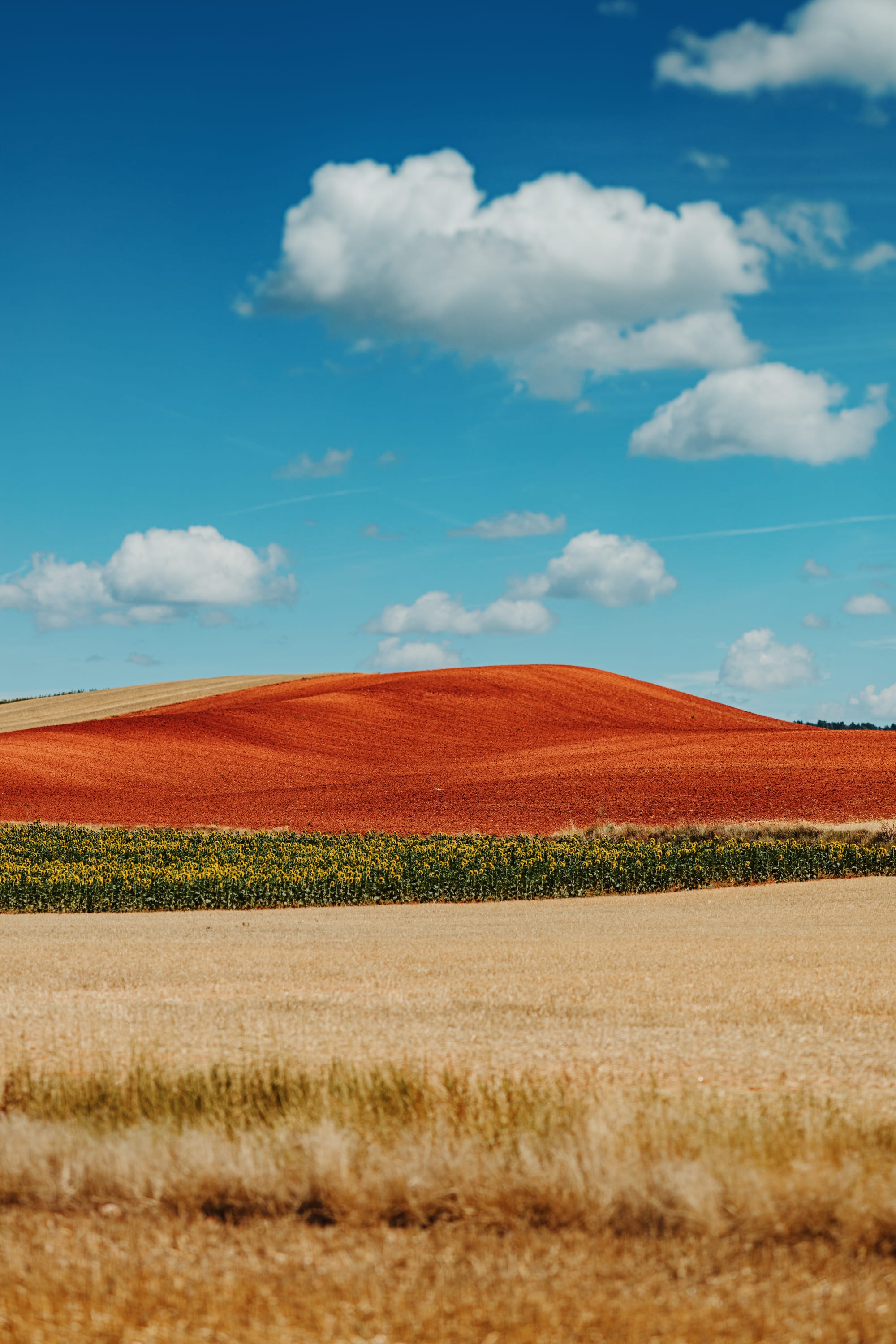
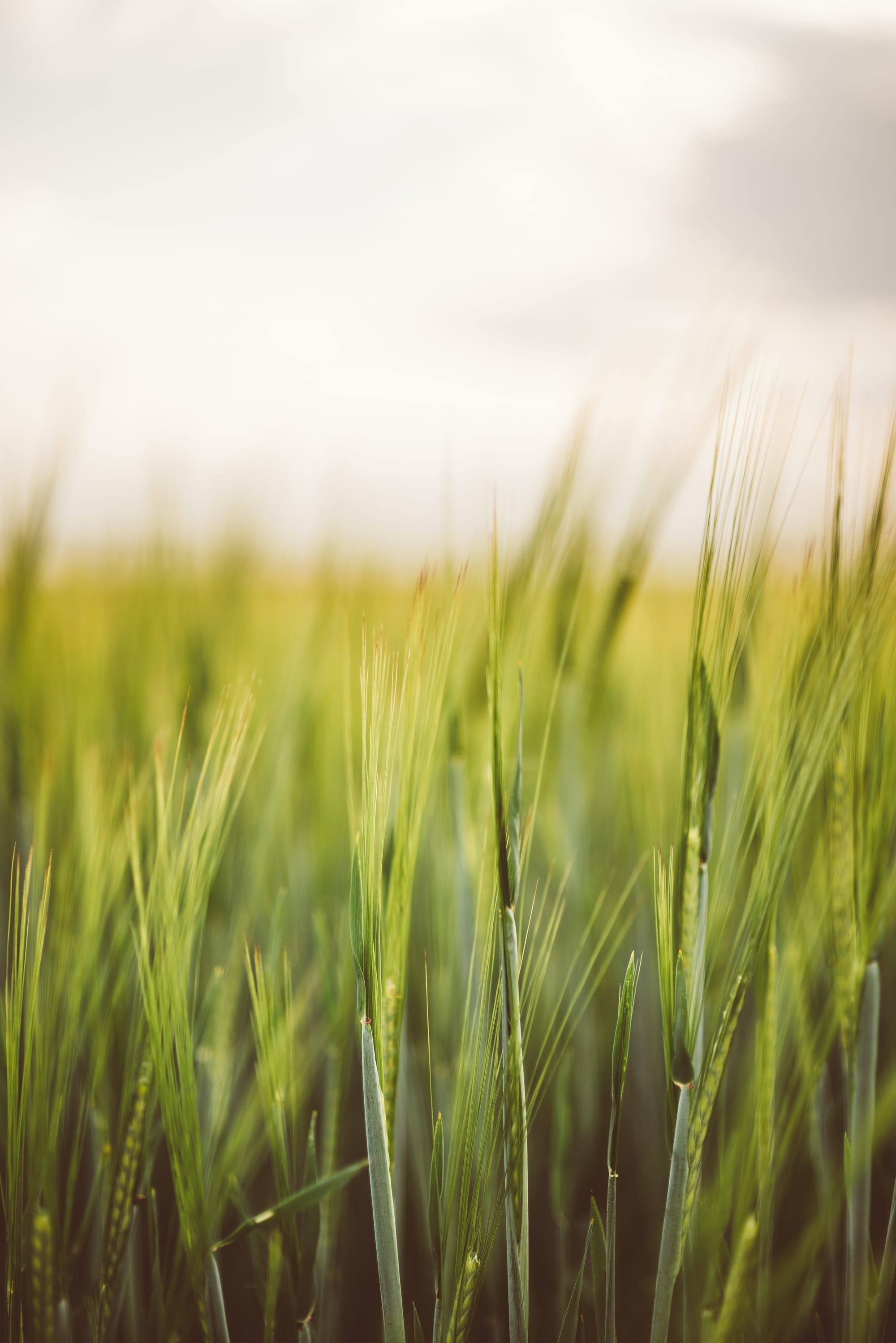
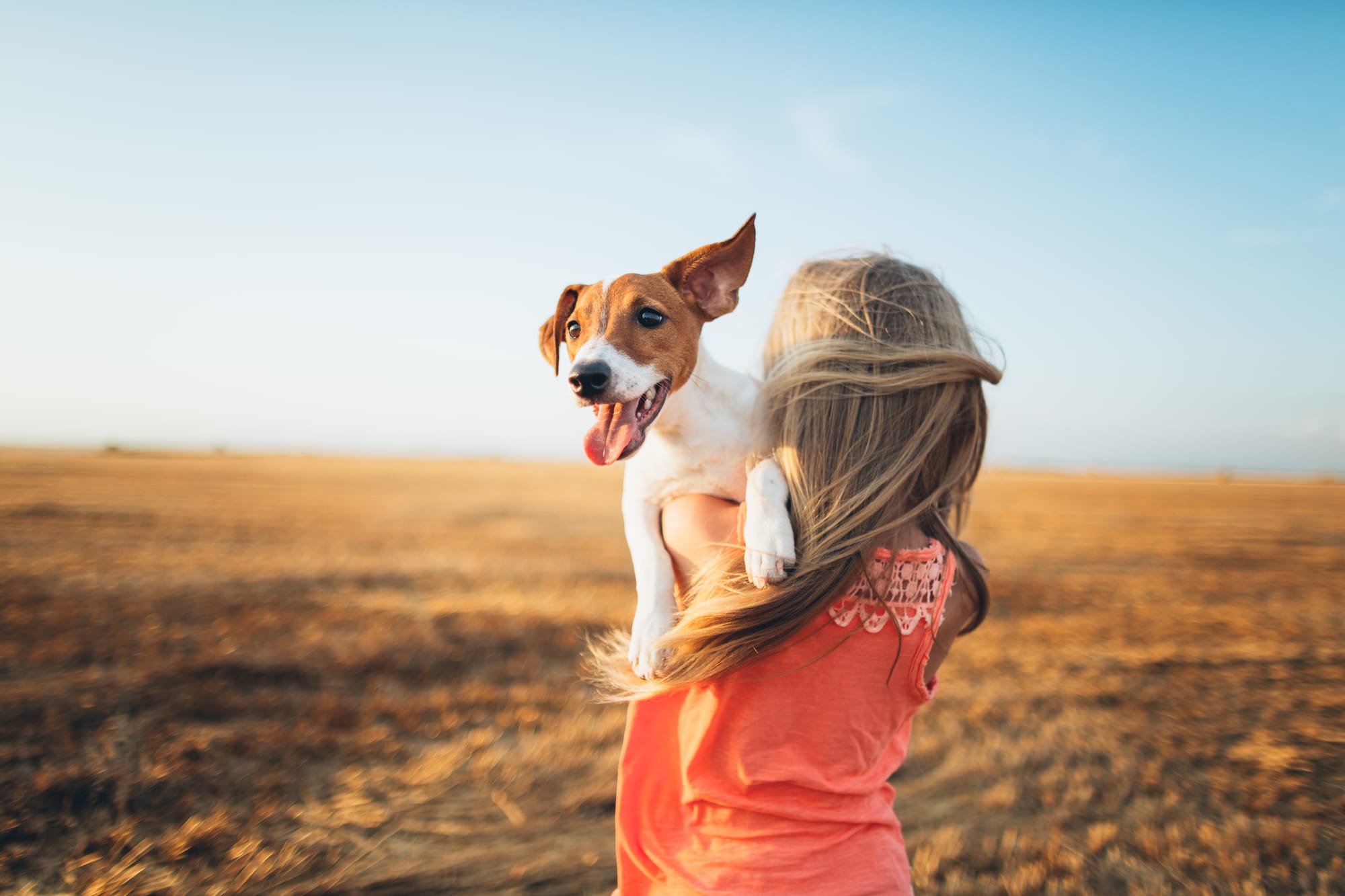
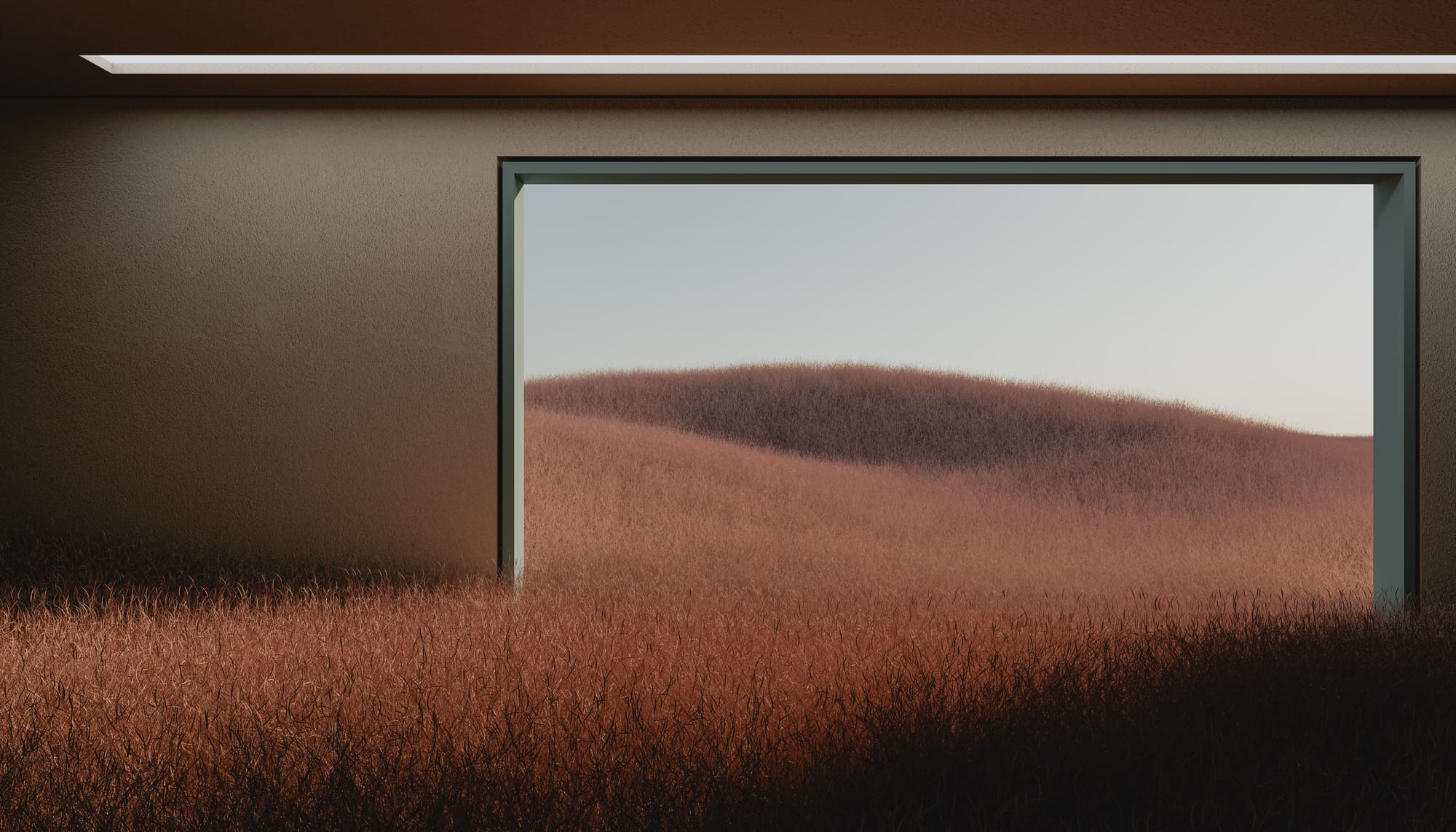
What has had a profound influence on your work, and who do you admire creatively?
A profound influence on my work has been the idea of merging the real with the surreal; creating visuals that feel rooted in reality but elevated by abstraction and imagination. This approach comes partly from my background in photography, where capturing real-world details taught me how powerful light, texture, and composition can be. When I moved into 3D, I wanted to keep that same sensitivity but expand it into limitless environments where imagination has no boundaries.
In terms of creative admiration, I really look up to studios like Six N. Five and Tendril. Six N. Five inspires me with their refined minimalism and the way they balance elegance with conceptual strength. Their work feels effortless, but it carries depth and intention. Tendril, on the other hand, fascinates me with their ability to merge technical excellence with storytelling and emotional impact. They push the boundaries of what motion design and 3D art can communicate, turning visuals into immersive experiences.
Both studios remind me that great work isn’t just about execution, it’s about vision, consistency, and creating pieces that stay with people long after they’ve seen them. That’s the standard I aim for in my own practice.
Your environmental 3D work is incredibly serene and has such a calming effect on the viewer. How important are your real life surroundings for your creativity? Do you prefer to recharge in nature, or are you energized by a bustling metropolis?
Nature is absolutely essential to my creativity. It’s where I feel most connected, grounded, and inspired. The textures, the way light shifts throughout the day, the unpredictability of weather, and even the smallest details like patterns on rocks or leaves, all of these elements feed directly into my 3D work.
I definitely recharge in nature rather than in a bustling city. The calmness and serenity of natural landscapes allow me to clear my mind and open up space for new ideas. While cities can be stimulating, I find that they often add noise, whereas nature strips everything back to essentials: light, form, color and atmosphere. That simplicity helps me rediscover clarity and, ultimately, bring a sense of calm into the environments I create in 3D.
I've recently started obsessing about creating the perfect office setup to help stimulate creativity. What is your office setup like? Do you have any office essentials that you can't live without?
I’ve also become a bit obsessed too. It makes such a difference when your environment supports your creativity. My setup is fairly minimal or at least this is what I try for, but everything has a purpose. At first, my powerful workstation with a high-end GPU is, of course, the heart of my studio, since 3D demands that kind of performance. I pair it with a large, color-accurate monitor, which is essential for making sure my renders look exactly as intended.
Lighting is another key element. I like to keep the space softly lit, often with warm tones, to create a calm and focused atmosphere. Good audio is equally important. Sometimes I need music to push me into a flow state, other times I prefer silence to stay fully immersed.
As for essentials I can’t live without: a comfortable chair, a clean desk, and my notes. No matter how digital my work is, I often jot down quick sketches or notes by hand. It helps me translate abstract ideas into something tangible before moving into 3D.
Ultimately, my office setup is less about having lots of things and more about creating a space that feels balanced, organized, and open to creativity.
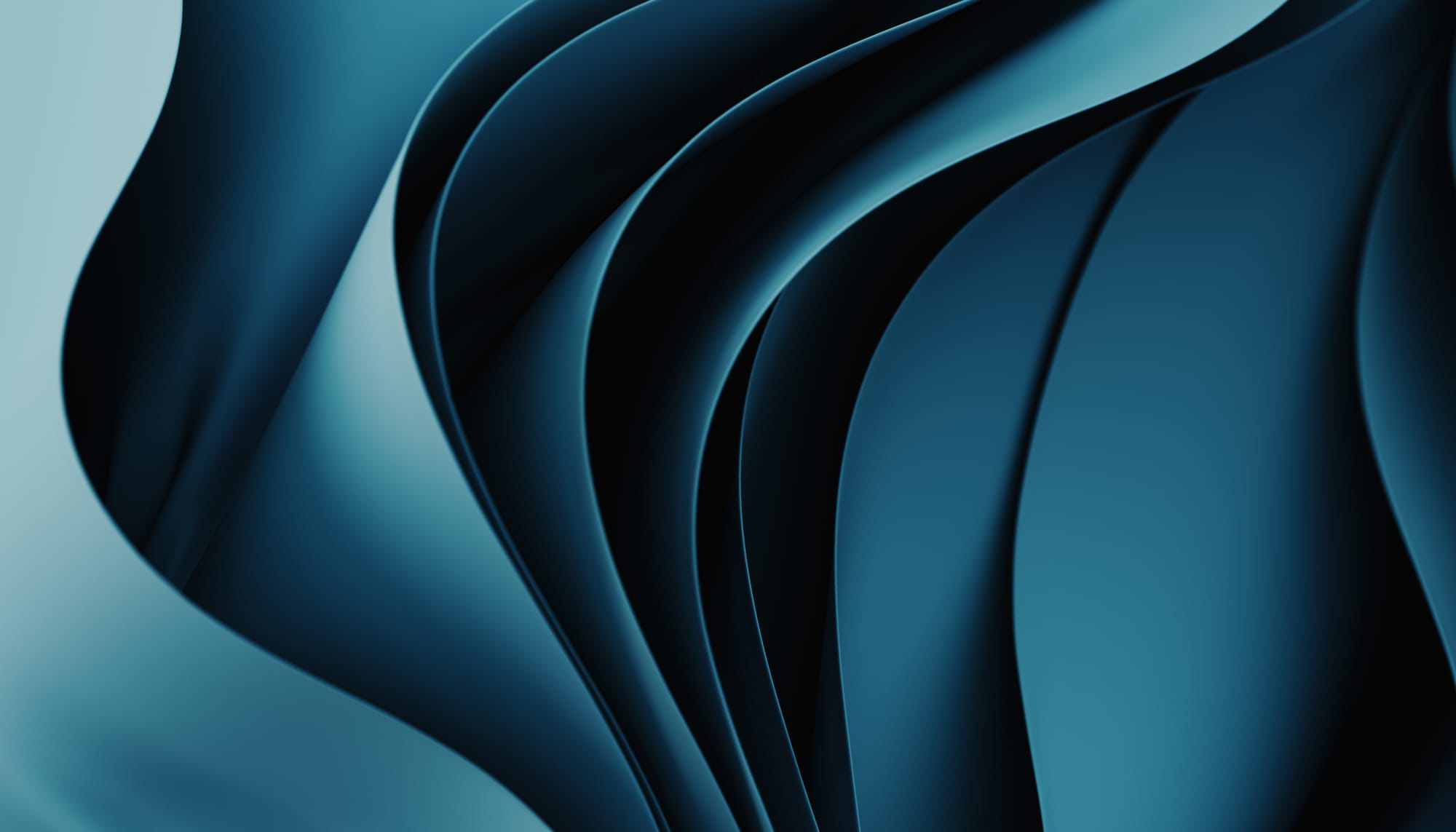
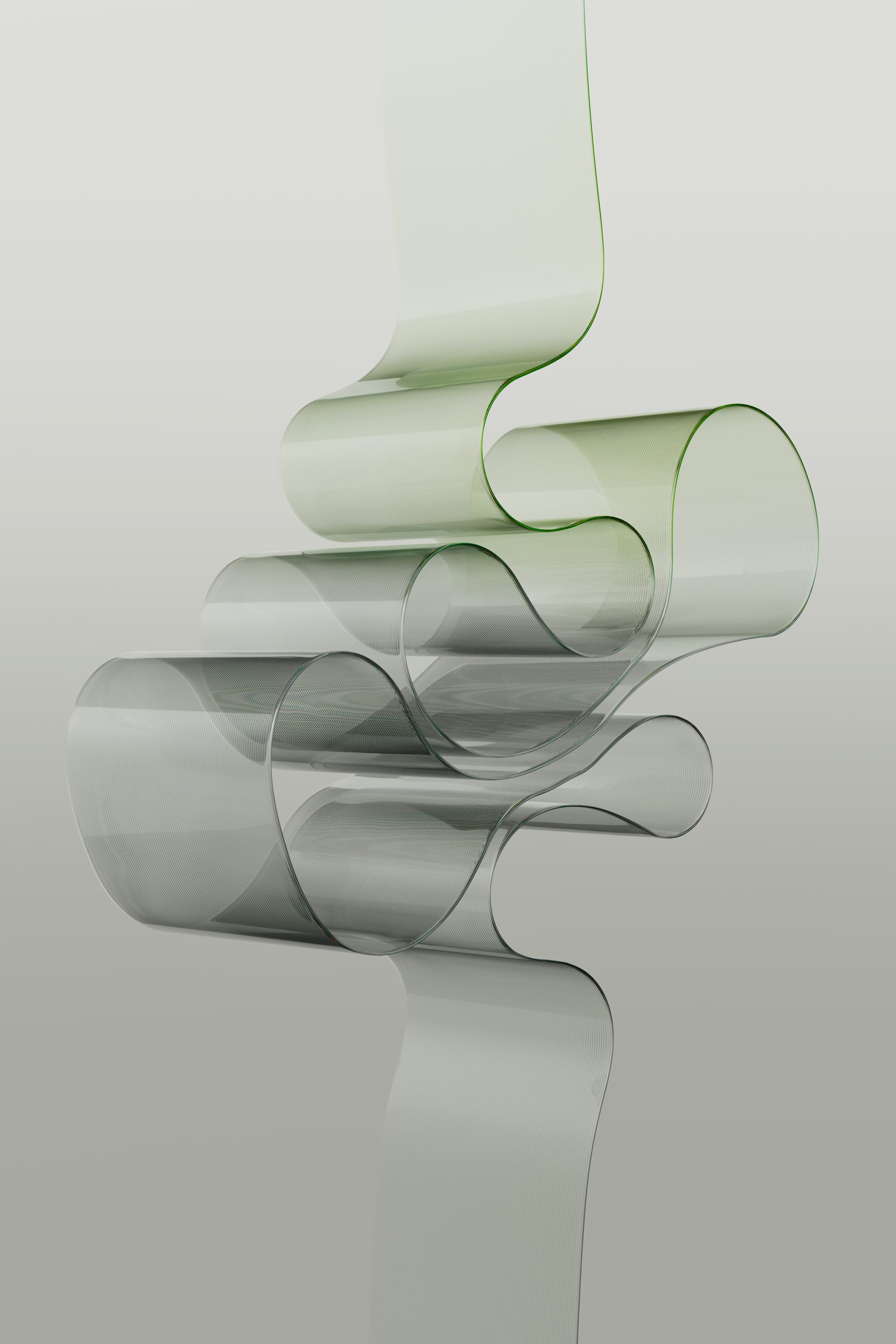
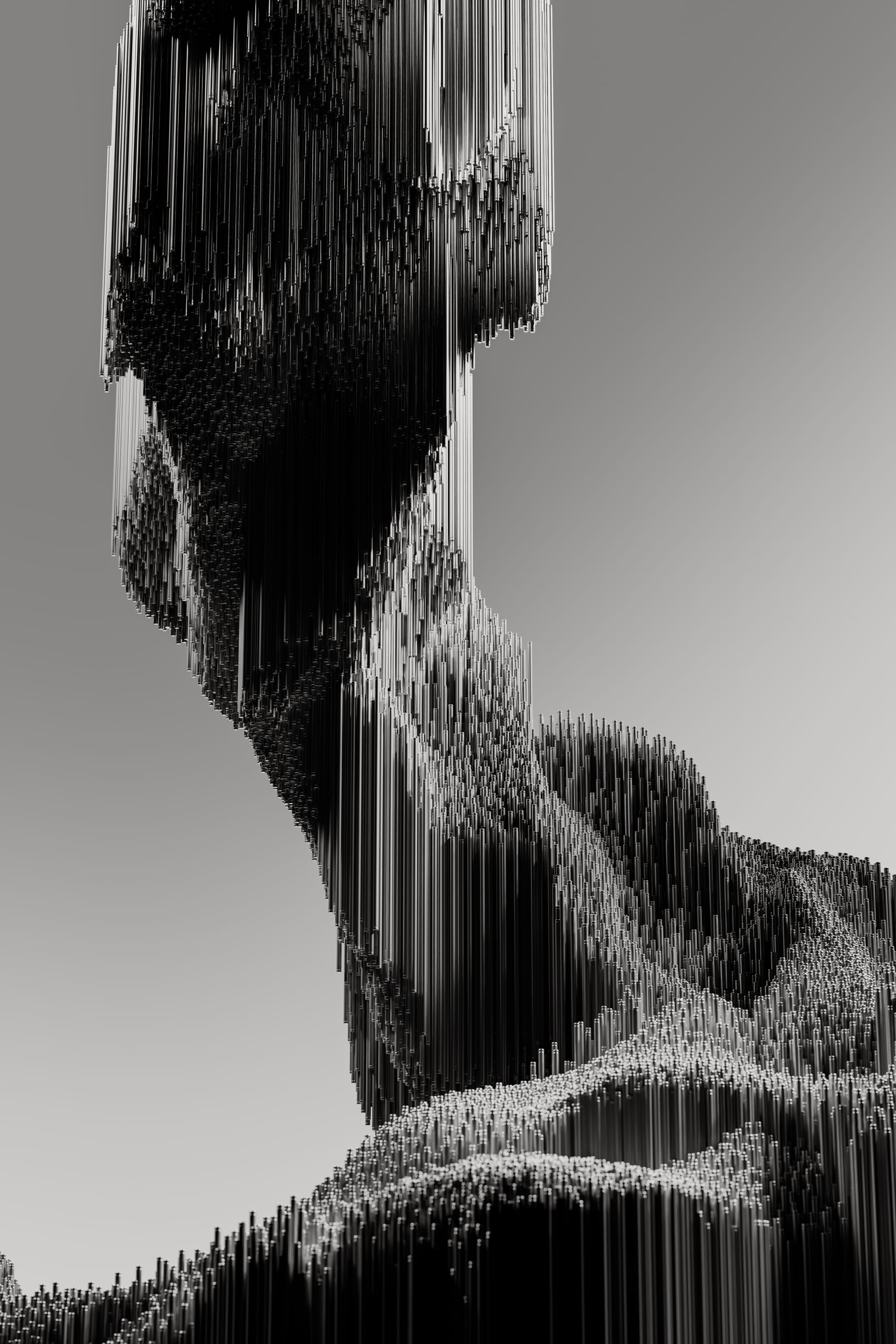
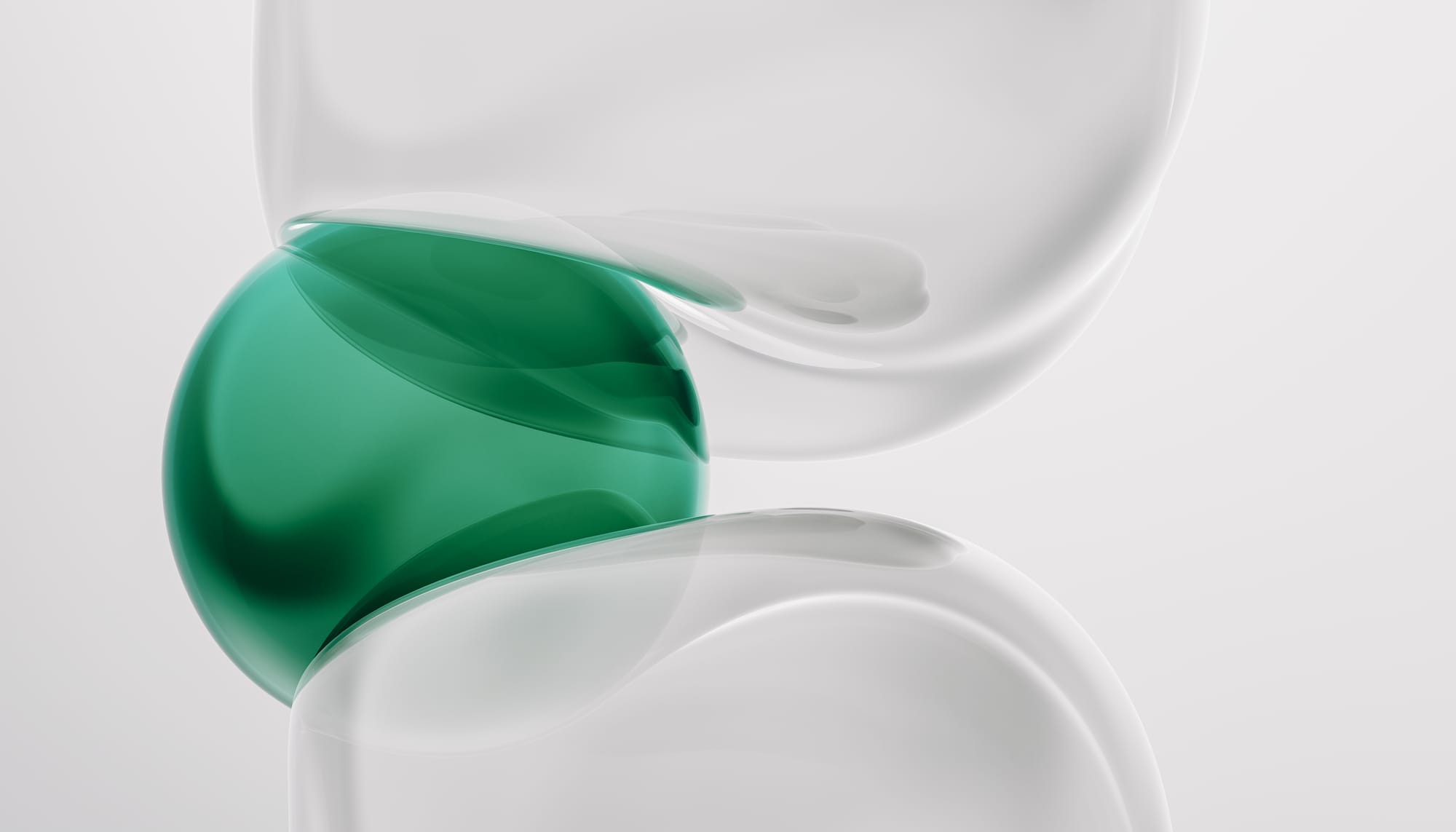
AI has greatly impacted both the commercial photography and visual effects industry. Do you see it as a threat, a tool, or something in between?
I see AI as something in between, both a tool and a challenge, depending on how you approach it. On one hand, it has undeniably disrupted the commercial photography and visual effects industries, especially in areas that rely on speed and volume. Certain tasks that once required a lot of time and technical effort can now be automated in seconds. That can feel threatening, particularly when it comes to more standardized or repetitive work.
But on the other hand, I see AI as an incredibly powerful creative tool. It can generate ideas, provide unexpected visual references, or even help refine concepts before moving into full production. For me, the value lies in using it as a springboard for creativity, not as a replacement. The human touch, the ability to curate, to decide, to bring emotion and intention into the work is something AI can’t replicate.
You clearly have a love of closeup images, both in photography and abstract 3D renderings. What makes you passionate about capturing beauty on a macro level?
I’ve always been fascinated by the details we often overlook. Close-up photography and macro-level 3D work allow me to explore textures, patterns, and forms in a way that feels almost meditative. There’s something captivating about revealing the beauty in the small, subtle elements of a scene, the way light interacts with a surface, the intricacy of natural patterns, or the unexpected elegance in abstract shapes.
Working at this scale also challenges me creatively. In both photography and 3D, focusing on minute details forces me to think about composition, color, and depth in new ways. It’s a constant reminder that even the tiniest elements can carry emotion and narrative, and that meticulous attention to detail can transform a simple subject into something extraordinary.
Ultimately, capturing beauty on a macro level is about discovery, uncovering hidden stories in the world around us, and translating them into something visually compelling.
What are your dreams for the future?
Honestly, my dream for the future is quite simple: I wish for a little more peace in the world. I hope for more opportunities and good times for creative people, so that they can continue to explore, grow, and develop their work without unnecessary obstacles. For me, creativity thrives best in an environment of calm and freedom, and I hope to see more of that in the world.
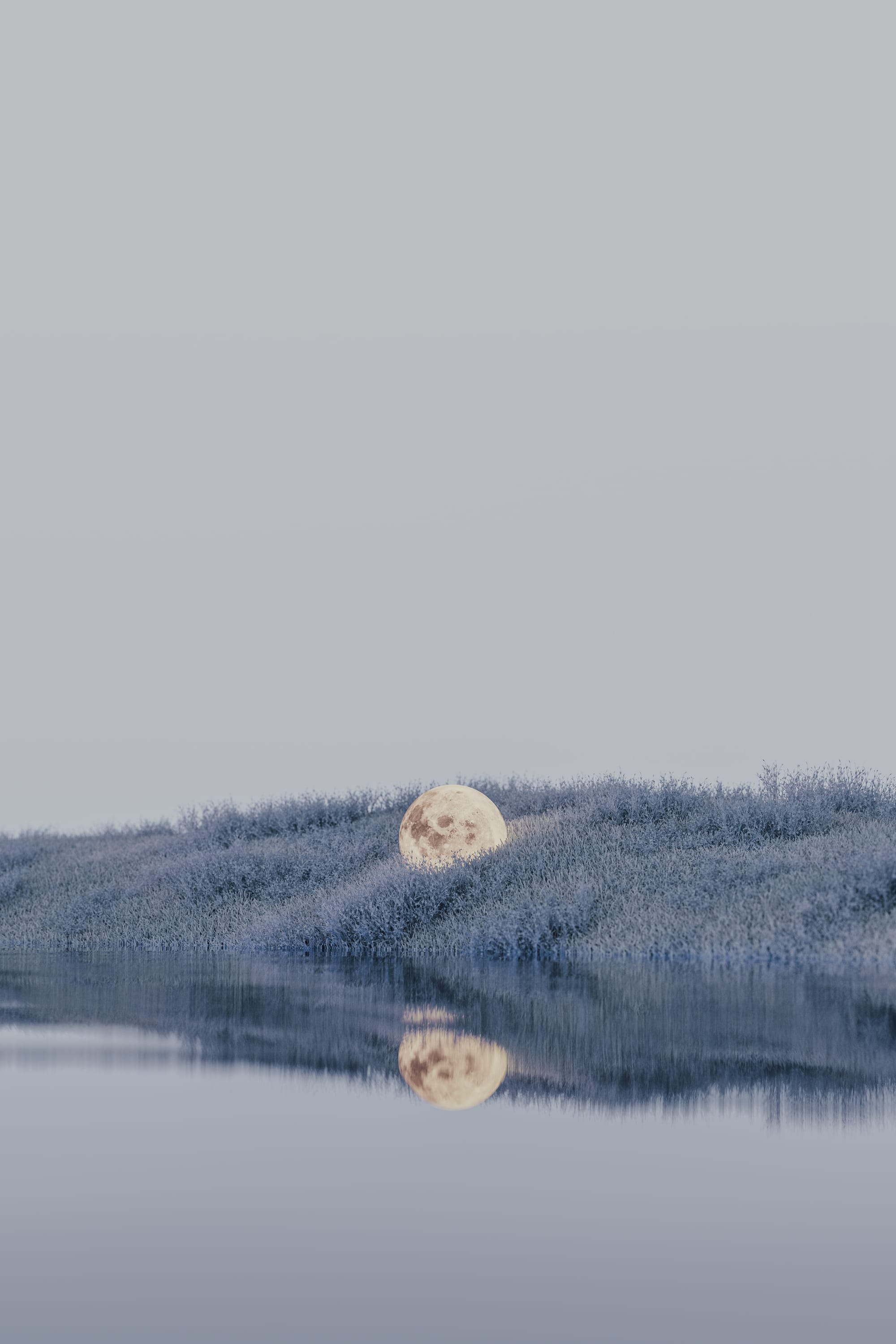
Where can we see more of your work?
You can find more of my work on Behance and Instagram, though I should mention that neither platform is fully up to date at the moment. Over the past year, and continuing into the next, I’ve been fully focused on professional projects for Honor, which has been an incredible experience but has also kept me fully occupied. Because of that, I haven’t had much time to work on personal projects or explore creative ideas outside of those assignments, as I did in the past.
That said, I’m looking forward to the future and hope to carve out time to create new personal projects for Stocksy. I really enjoy exploring ideas freely, experimenting with new techniques, and developing visuals without the constraints of a client brief. I see this as a chance to continue growing creatively, pushing the boundaries of my work, and sharing pieces that are more personal and reflective of my own artistic vision.

